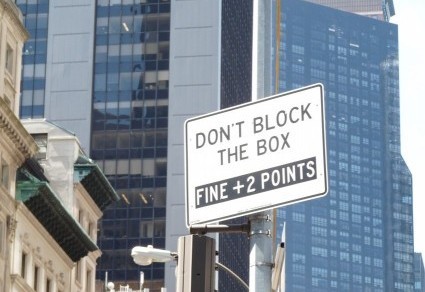Labor Day has passed, and school has begun. Like autumn leaves, rants from nonteachers about what’s wrong with our schools/teachers/kids pop up, exasperating pretty much everybody who’s ever actually entered a classroom and tried to educate some kids. It seems like a good time to examine a photo my friend Catherine, a fine teacher, sent me:

Catherine spotted this in a doctor’s office, where the medical staff either believed that their patients already knew everything or saw the task of educating them as hopeless. Or, more likely, the docs were too busy filling out insurance forms to tuck some pamphlets into the container.
But there’s another way to interpret this sign. It labels “education” as “patient.” In my opinion, that’s what true education is and what teachers must be. Patient people know that change takes time. And time is tense (not the physical and emotional state, though “tense” is what anyone would feel after spending the day with twenty squirming, wish-it-were-still-summer, small beings). In grammar, tense creates a time frame.
Teachers work in three tenses. They must take into account what their students already know (past tense) and what the kids are doing now (present tense), be it wadding gum into the spout of the water fountain or solving long division problems. Invisible but most important is the work teachers do in and for the future. Good teachers don’t simply impart information. They cultivate critical thinking, healthy life habits, and an appreciation of others’ perspectives. They don’t see immediate results. But those seeds grow, slowly. In the future, what teachers planted — they can only hope! — matures and ripens.
I have one more sign for all nonteachers espousing unfounded and unfunded ideas about education:

Politicians and pundits: Go ahead and disturb all the classes that aren’t “in session.” Then take a moment to thank teachers for creating our future.

 Somehow “ped” got a period, but “dept” didn’t. Both are abbreviations, “ped” being the shortened form for “pedestrian” and “dept” for “department.” In case you’re wondering (actually, despite the fact that you’re not wondering at all), I should mention that this NYC “dept” isn’t consistent when it comes to punctuation relating to walkers:
Somehow “ped” got a period, but “dept” didn’t. Both are abbreviations, “ped” being the shortened form for “pedestrian” and “dept” for “department.” In case you’re wondering (actually, despite the fact that you’re not wondering at all), I should mention that this NYC “dept” isn’t consistent when it comes to punctuation relating to walkers:

 I understand that consistency is difficult to achieve in, say, a 200-page document. But if you’re working with only two sentences, you ought to be able to spare a period for each or omit the punctuation mark entirely.
I understand that consistency is difficult to achieve in, say, a 200-page document. But if you’re working with only two sentences, you ought to be able to spare a period for each or omit the punctuation mark entirely. Okay, no period at the end of this sentence: I’m used to that. But I can’t find any reason for a comma before the conjunction “or.” For that matter, I can’t find a reason for the text as written. Why not just say “DO NOT FEED BIRDS”? Theories welcome. Punc also.
Okay, no period at the end of this sentence: I’m used to that. But I can’t find any reason for a comma before the conjunction “or.” For that matter, I can’t find a reason for the text as written. Why not just say “DO NOT FEED BIRDS”? Theories welcome. Punc also.






























